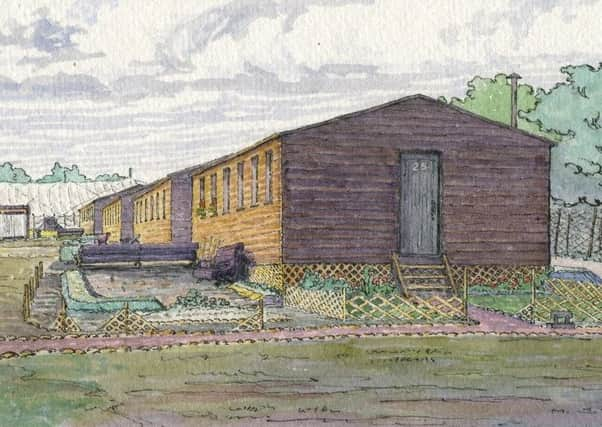Shining light on park war camp


The exhibition is hosted by the Burton Street venue now and has been developed with postgraduate students from the School of Fine Art, History of Art and Cultural Studies at the University of Leeds.
The show, entitled Pleasure, Privilege, Privations: Lofthouse Park, 1908 -1922, will run at the venue until Saturday 7 July.
Advertisement
Hide AdAdvertisement
Hide AdLofthouse Park was a pleasure park for the people of Yorkshire until 1914. When World War One broke out the site, located between Leeds and Wakefield, was transformed into an internment camp for 1,500 civilian ‘enemy aliens’.
From 1918 until December 1919, it served as a prisoner of war camp for 1,000 captured German officers and orderlies.
The exhibition’s opening coincided with the launch of the first book about Lofthouse Park, edited by Dr Claudia Sternberg and independent Leeds historian David Stowe. It brings together contributions from a diverse group of British and German historians, collectors, descendants and residents.
Also on display at the exhibition is a new collage work by visual artist Louise Atkinson, who holds a PhD in Fine Art from the University of Leeds. Her work is based on a series of conversations held with Germans and descendants with German ancestry who live in Yorkshire.
Advertisement
Hide AdAdvertisement
Hide AdAngharad Lambourne, a History of Art student, said: “Working on the exhibition has given me the chance to learn about the lesser known past of my local area.
“I have been able to scout out interesting titbits and photographs relating to camp life.”